Secondary and Higher Order Rainbows
Important update: These pages have moved to their own domain at https://rainbowspec.observer, where their information, organization, and graphics have been significantly improved! This page is replaced by my new secondary rainbows page.
Secondary Rainbows

Secondary rainbows are what is commonly refered to as a "double rainbow." The secondary rainbow is fainter and wider than the primary, and the order of its colors is reversed. It also has the same antisolar point as the primary rainbow.
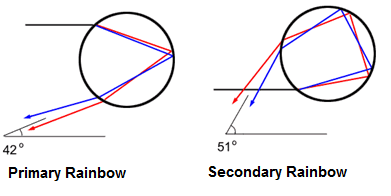
For secondary rainbows, the light is reflected twice (rather than just once) in the water droplets. Since most of the light passes through the waterdrop, what is reflected is fainter, thus secondaries with two reflections are fainter than primaries with only one reflection. Due to the second reflection, the colors are also reversed in a secondary compared to a primary. Secondary: red on inner edge and violet on outer edge, primary: red on outer edge and violet on inner. Secondaries occur between 50.4 and 53.5 degrees from the antisolar point, with red being the smaller degree and violet being the larger.
Every primary rainbow has a secondary rainbow, however lighting conditions often make them difficult to see.
Higher Order Rainbows
 diagram by Les Crowley at Atmospheric Optics
diagram by Les Crowley at Atmospheric Optics
Not only are there secondary rainbows, but there are also higher order rainbows. In these terms a primary rainbow is the first order rainbow and a secondary rainbow is the second order rainbow. The order refers to how many reflections within the droplet occur before the light exits the droplet to create the rainbow. Primary (first order) rainbows have only one reflection, secondary (second order) rainbows have two reflections, and third order rainbows would have three reflections within the droplet. Considering with each reflection, light passes through the droplet and is lost, the higher order the rainbow, the fainter it will be. Hence, it is rare to see more than the secondary rainbow.
Interestingly, third and fourth order rainbows are centered around the sun rather than the antisolar point. Looking at the previous diagram, we can see that this is because the light exits the droplets the opposite direction that it exits the droplets for first and second order rainbows. The third order rainbow is at 42.5 degrees around the sun, and its colors are in standard order (primary order). The fourth order rainbow is just ouside of the third, its colors in reverse order.
Fifth and sixth order rainbows do center around the antisolar point. Because they are such high orders, they are very faint and wide. The increased width is due to the additional distance traveled within the drop (from multiple reflections), allowing the wavelengths to seperate further. The fifth order rainbow is between the second and first order rainbows, and the sixth order rainbow is right below the first order rainbow.
Zero Order Glow
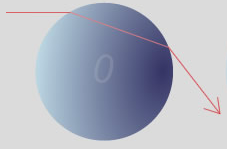
There is a zeroth order, however it is not a rainbow, rather just a glow of light that makes the sun appear like it is brighter than usual. This occurance along with the sun's own brightness make it difficult to see third and fourth order rainbows.
Why don't zero order rays create rainbows?
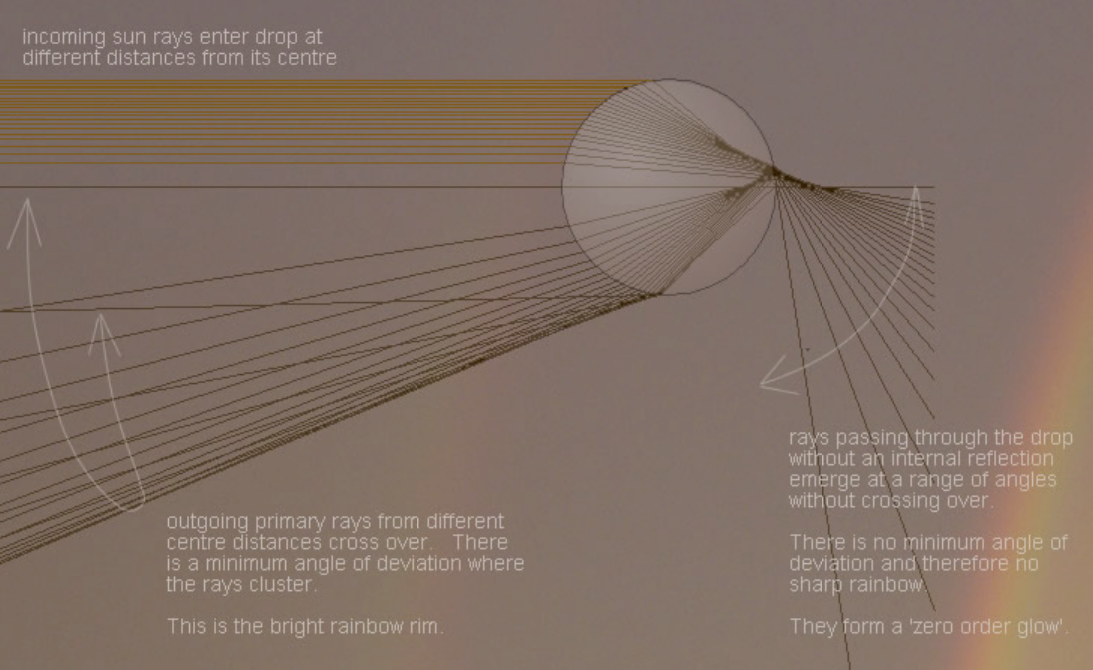 diagram by AtOpt
diagram by AtOpt
This diagram illustrates rays of light that pass through a raindrop (zeroth order) and rays that reflect once off the back of a drop before exiting (first order). Notice how the zeroth order rays flare out, but the first order rays hit a hard line where they do not cross. This line is the minimum angle of deviation where most of the rays cluster around (it is at 42.5 deg for red light and 40.7 for violet).
This hard line only occurs with light reflected within the drop since at each entrance point a different angle is made. This dense concentration of light (called a caustic) forms a circular shape for each color. Without a caustic for each wavelength, all the colors overlap and wash each other out creating white again.








The zero order colors overlap to simply form a glow of white light
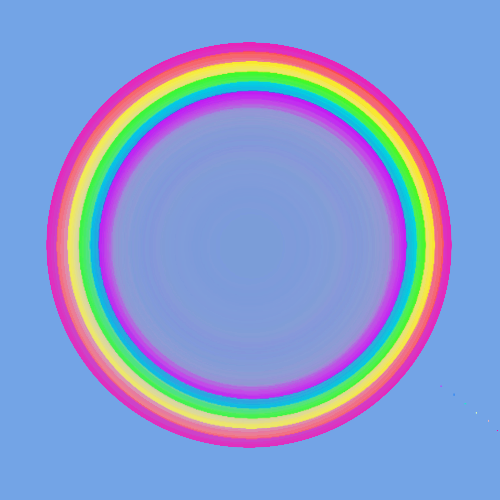
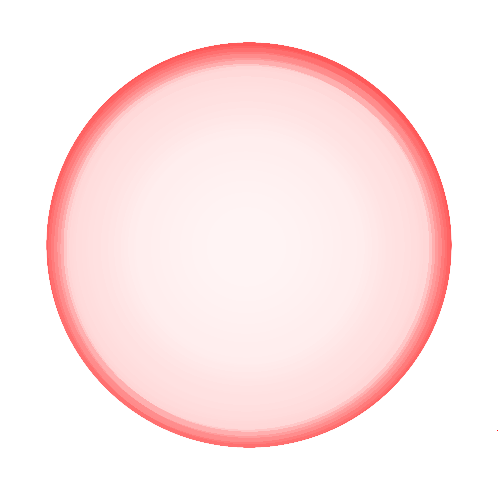
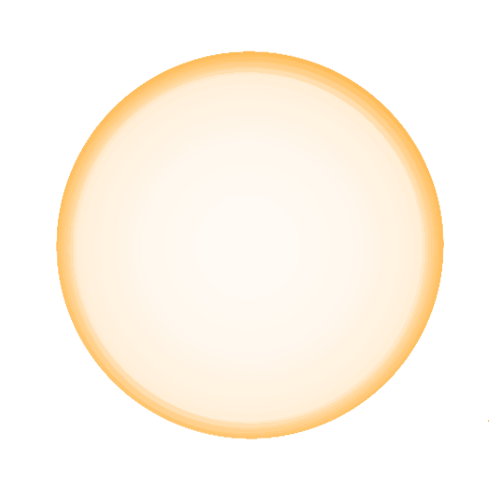
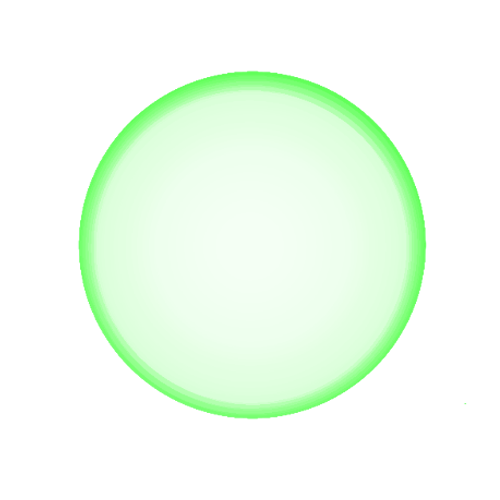
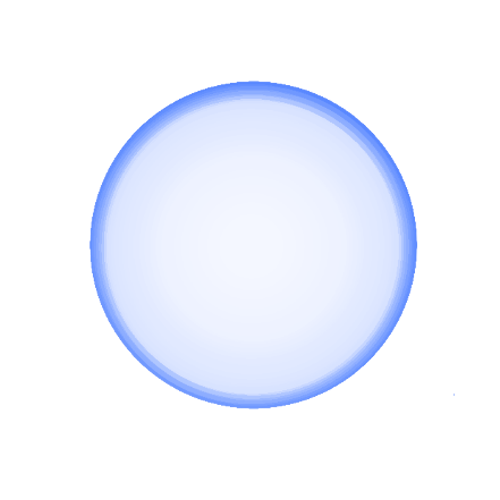
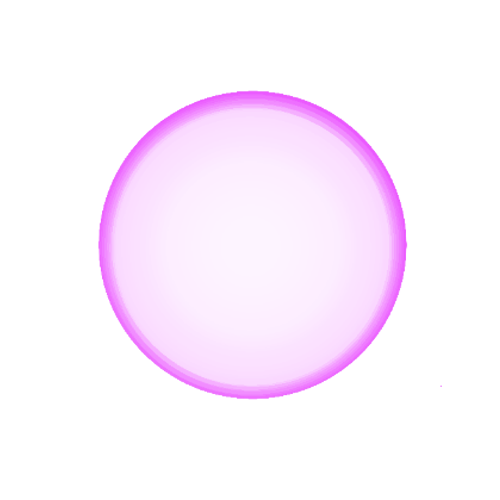

The first order colored discs overlap to create a rainbow. There is faint colored light in each disc that overlaps to create a white glow inside the rainbow, but the light is strongest on the edge of each disc (as it is the minimum where the rays cluster). Since each color has a different minimum angle (red at 42.5 and violet at 40.7), the "smaller" colors show through the more transparent part of the "larger" colors. Note that smaller wavelengths overlap with the faint color of each subsquent larger wavelength, making the smaller wavlength colors paler than the larger ones. Ex. the red border will be the most pure, where as purple will be the most diluted, as it is covered lightly by every other color. Yellow will be diluted by red and orange.
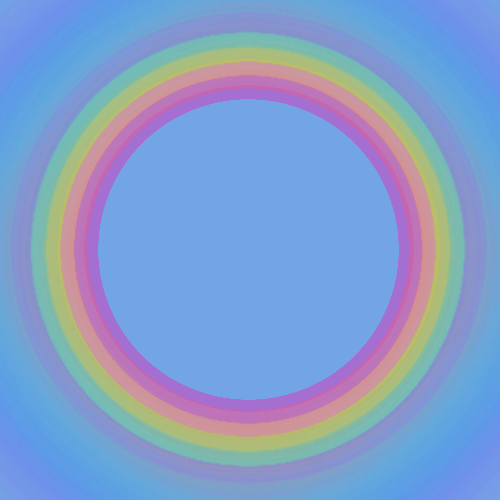
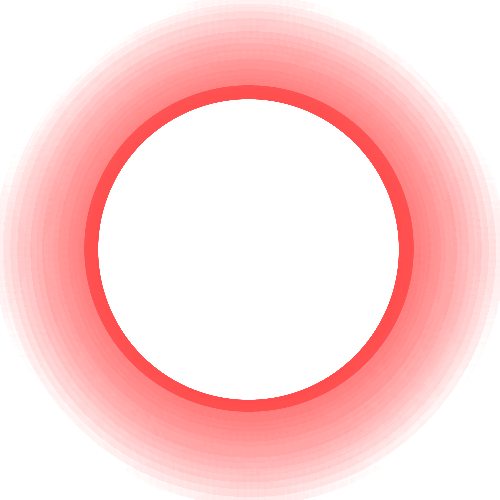


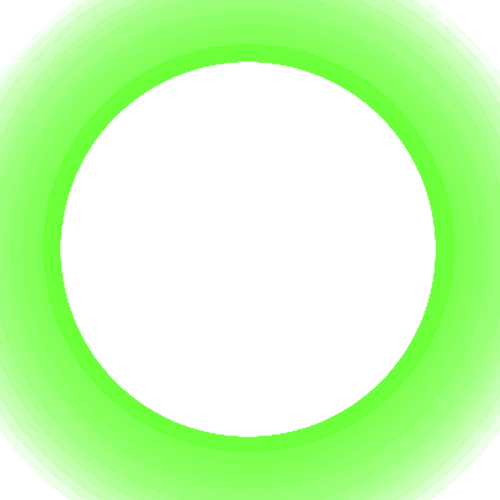

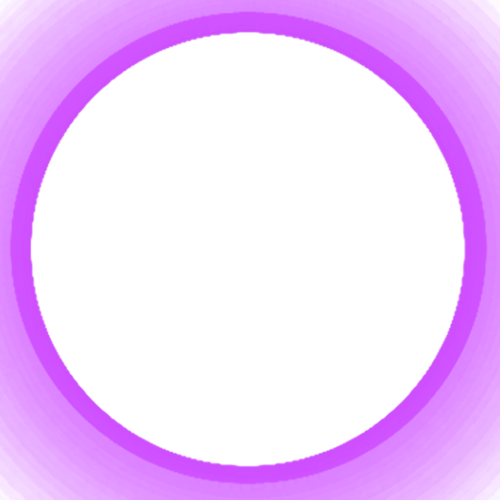

Second order operates similarly to first order, but reversed, creating a faint glow of white light on the outside of the secondary rainbow (compared to the glow of light on the inside of the primary rainbow).
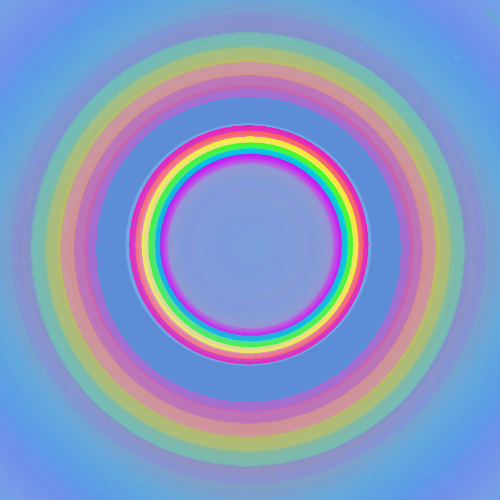
Because there is white glow outside the secondary and inside the primary, there apears to be a dark band between the primary and secondary rainbows (called Alexander's dark band)